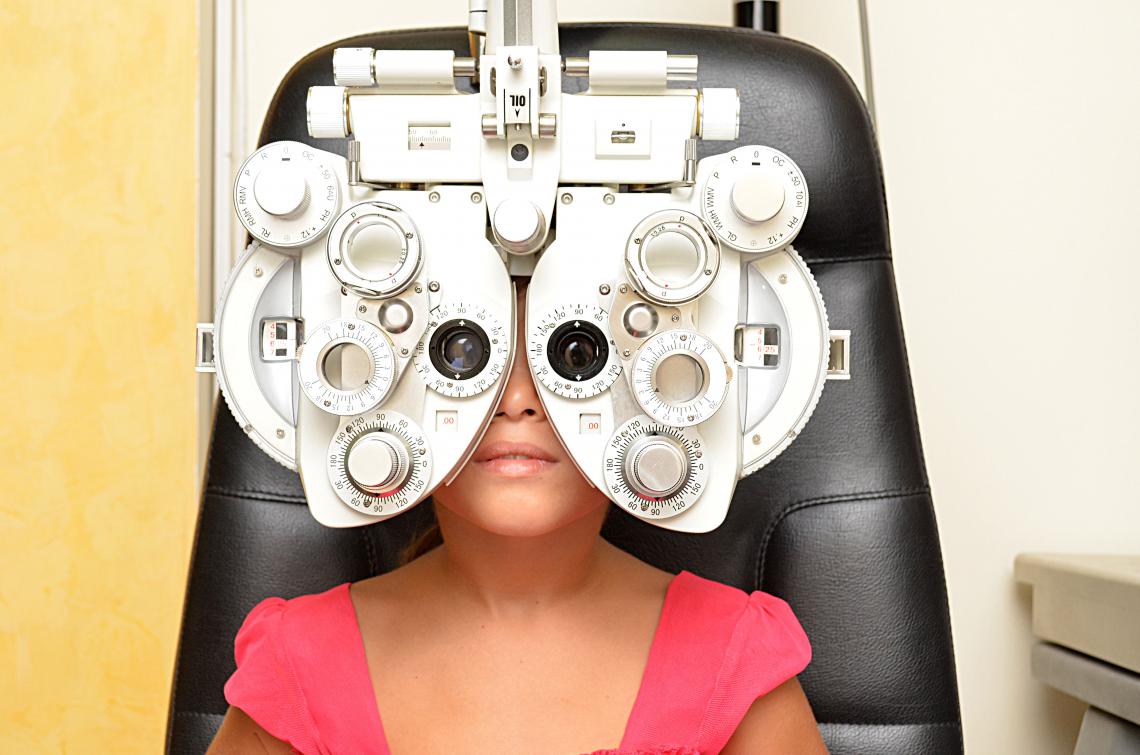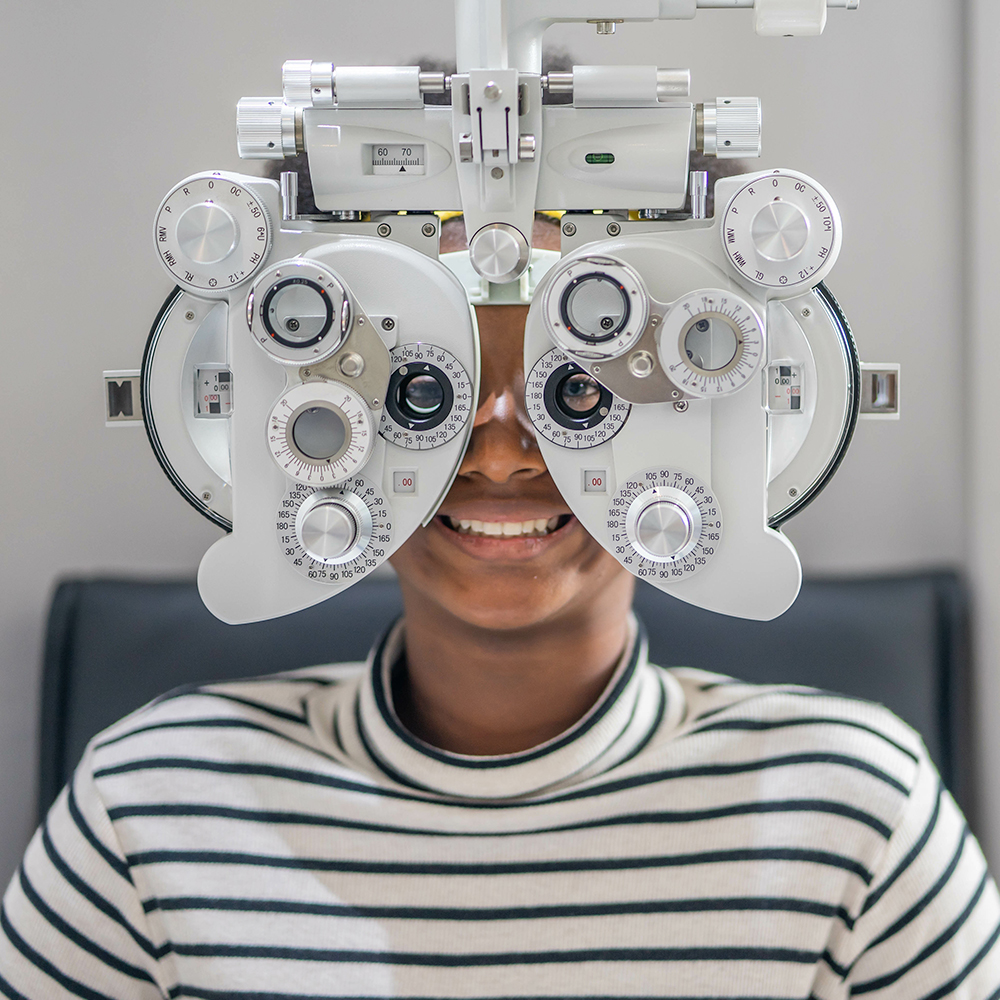Check Out Advanced Providers at Opticore Optometry for Eye Wellness
Check Out Advanced Providers at Opticore Optometry for Eye Wellness
Blog Article
Recognizing the Comprehensive Role of an Eye Doctor in Modern Eye Treatment
With advancements in technology and an enhancing focus on preventive treatment, eye doctors are essential in detecting and taking care of chronic eye problems, while likewise involving in early disease discovery. How do these obligations converge with their role in advertising overall eye health, and what does this mean for client end results in a collective health care environment?
Expanded Scope of Method
In current years, the duty of eye doctors has actually advanced dramatically, with several professionals now embracing an expanded range of technique that extends beyond typical eye examinations. This advancement shows the growing recognition of eye doctors as key medical care suppliers in the area of eye care. Their responsibilities now incorporate a broad range of solutions, including recommending medicines for eye problems, handling chronic eye conditions, and performing minor surgical treatments. This change has actually been driven by improvements in optometric education and learning, enhanced clinical training, and the enhancing need for detailed eye care solutions, especially in underserved areas.
Further, optometrists are currently much more associated with collaborative care, functioning closely with eye doctors, key treatment medical professionals, and various other health care specialists to guarantee holistic person treatment. This interprofessional partnership is essential in handling intricate situations that require a multidisciplinary strategy. Additionally, optometrists are playing a crucial role in public health campaigns, such as vision testings and eye health education and learning, focused on enhancing neighborhood wellness results.
The expanded extent of practice for eye doctors not just improves their capability to give comprehensive treatment but also attends to the expanding demand for effective and easily accessible eye treatment solutions, adding to general health care improvements.
Very Early Condition Discovery
Very early detection of eye conditions is increasingly becoming a centerpiece in the expanded function of optometrists. As primary eye care companies, eye doctors are distinctly placed to recognize very early signs of eye problems such as glaucoma, macular deterioration, diabetic retinopathy, and cataracts. This critical function is vital, as early diagnosis can considerably improve the monitoring and diagnosis of these problems, potentially stopping vision loss and improving client results.
Eye doctors use thorough eye assessments to discover subtle changes in vision and eye health. These evaluations frequently consist of evaluations of aesthetic skill, intraocular pressure, and retinal health and wellness. The capability to recognize very early indicators of systemic wellness concerns, such as hypertension and diabetes mellitus, with ocular signs better emphasizes the significance of regular eye check-ups. Early treatment is not only helpful in protecting vision yet likewise in reducing healthcare costs associated with innovative disease treatments.
Furthermore, eye doctors play an important duty in client education, stressing the relevance of regular eye examinations as part of total health and wellness upkeep. By fostering a proactive strategy to eye care, eye doctors add significantly to public wellness, making sure diseases are caught and managed successfully before they can progress.
Advanced Diagnostic Methods
Advanced diagnostic methods have actually revolutionized the practice of optometry, allowing specialists to detect and keep an eye on eye conditions with unmatched precision. These advancements have transformed the optometric landscape, enabling extra sophisticated analysis and intervention methods. Technologies such as optical coherence tomography (OCT) offer high-resolution, cross-sectional pictures of the retina, assisting in very early detection of conditions like wikipedia reference glaucoma and macular degeneration. This non-invasive strategy has become essential in modern optometry, offering comprehensive understandings into retinal layers.
An additional important innovation is digital retinal imaging, which records thorough sights of the retina utilizing high-definition video cameras. This modern technology is crucial in identifying adjustments in retinal framework gradually, thereby helping in the administration of problems like diabetic person retinopathy. Visual field testing, improved by computer-aided systems, permits precise mapping of a client's area of vision, crucial in tracking and detecting glaucoma progression.
Corneal topography, one more notable diagnostic device, creates thorough maps of the cornea's surface area. This is especially helpful in fitting call lenses and planning refractive surgery. These innovative diagnostic strategies jointly enable eye doctors to give positive, targeted treatment, guaranteeing better person outcomes and strengthening their pivotal role in eye health and wellness monitoring.
Handling Chronic Eye Conditions
Taking care of persistent eye problems is a foundation of optometric treatment that calls for a thorough understanding of various eye diseases and their long-term effects. Eye doctors play an essential duty in handling, monitoring, and diagnosing problems such as glaucoma, diabetic retinopathy, and age-related macular deterioration. These conditions, if left untreated, can result in substantial visual impairment or blindness, highlighting the important relevance of recurring treatment and management.
Eye doctors utilize an array of diagnostic tools, including optical coherence tomography (OCT), visual area screening, and fundus photography, to evaluate the progression of these persistent problems. By carefully checking adjustments in ocular health, eye doctors can readjust treatment strategies to mitigate disease development. This may involve prescribing medications, recommending lifestyle alterations, or coordinating with eye doctors for medical treatments when necessary.

Role in Preventive Care
Precautionary treatment is a basic aspect of optometry that focuses on keeping eye wellness and protecting against the start of eye illness. Optometrists play an essential role in very early discovery and prevention, utilizing regular eye exams to identify risk factors and subtle modifications in ocular wellness. Eye Doctor. These assessments are not merely concerning vision adjustment however include a thorough analysis of eye functions and structures, enabling the identification of conditions such as glaucoma, cataracts, and macular deterioration at an onset
In enhancement to diagnostics, eye doctors inform individuals on way of life choices that promote eye health and wellness, such as proper nutrition, UV defense, and the significance of regular eye check-ups. They encourage on the proper usage of digital gadgets to stop electronic eye stress, a growing worry in the digital age. Optometrists additionally give assistance on protective glasses for work-related and leisure activities, minimizing the risk of injury.
Precautionary eye treatment reaches systemic wellness concerns that show up in the eyes, such as diabetes mellitus and high blood pressure. By working together with various other medical care professionals, optometrists add to alternative client treatment, emphasizing the interconnectedness of systemic and eye wellness. This proactive approach is necessary in safeguarding visual acuity and total wellness.
Final Thought
Optometrists currently inhabit a pivotal role in modern-day eye care, characterized by an increased scope that includes diagnosing and managing persistent eye problems, suggesting drugs, and performing small medical procedures (Opticore Optometry). Their proficiency in early disease discovery is boosted by innovative analysis strategies such as optical comprehensibility tomography and digital retinal imaging. By emphasizing preventive care and individual education and learning, eye doctors add substantially to overall eye health and wellness, teaming up with other health care experts to make sure thorough and reliable client outcomes

In enhancement to diagnostics, optometrists educate page patients on way of living selections that promote eye wellness, such as correct nutrition, UV security, and the importance of routine eye examinations.Preventive eye treatment extends to systemic wellness issues that show up in the eyes, such as diabetes and hypertension.Optometrists now inhabit a critical function in contemporary eye care, defined by an increased range that consists of identifying and managing chronic eye problems, suggesting medicines, and performing minor surgical treatments.
Report this page